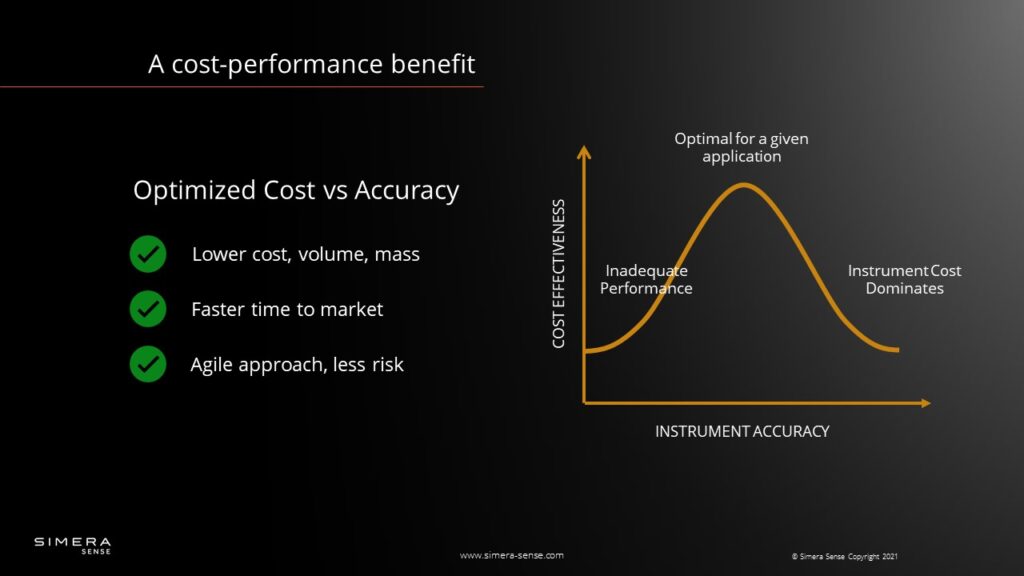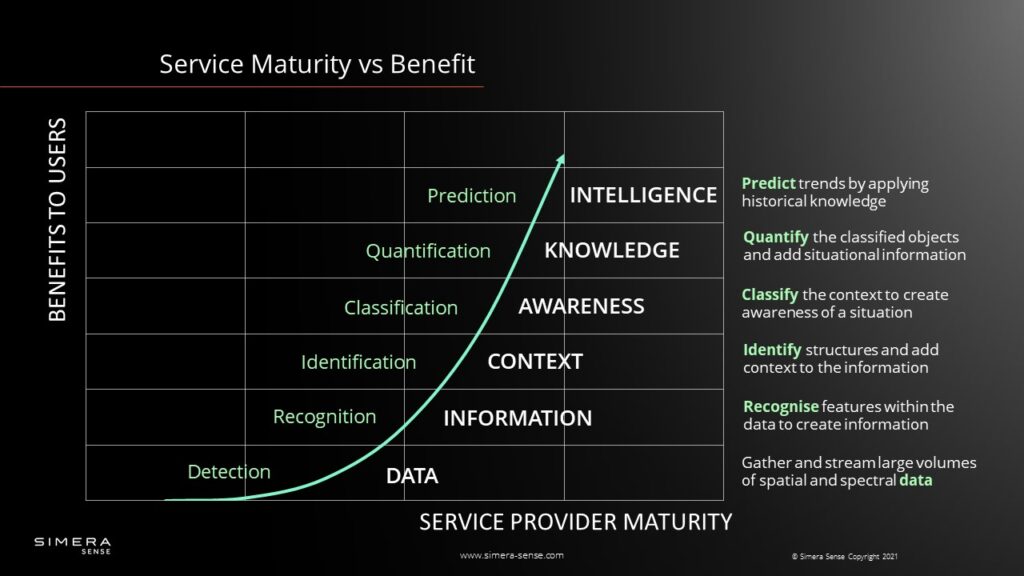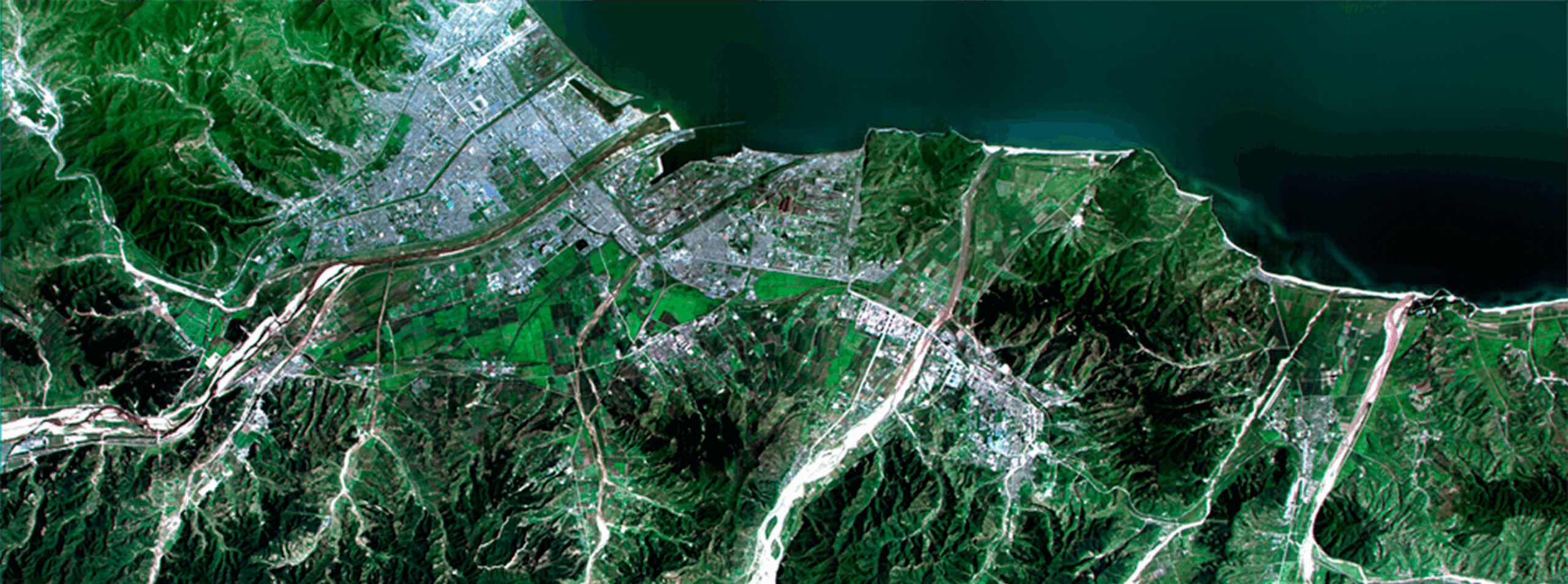About 20 years ago, on a bright sunny afternoon, my boss at the time walked to my desk and asked what it shall take to develop an optical payload in the longer wavelengths. Well, I was still in the naïve phase of my career and thought, what a nice challenge. My analytical brain kicked in; I did a few calculations and produced an excellent desktop design.
The next logical step was to verify my “design” with the optical and engineering teams. I passed that hurdle, but the question arises, “where are you going to procure a detector?”. I phoned a couple of friends in the industry, and they introduced me to marketed leaders in Europe. After explaining my needs, requirements and use case, I got the famous reply, “we will get back to you”. They did get back to me: indirectly through their National Intelligence Agency. Needlessly to say, we did not proceed with the project.
The example above may be a bit on the extreme side, but many of the elements I experienced 20 years ago are still valid today. Innovating, building stuff and doing business in the space industry is sometimes frustrating and takes a considerable effort. You need to jump through the proverbial 1000 loops to get anything done.
At Simera Sense, we believe that this way of doing business will change dramatically over the next five to ten years. Before we look into the glass ball, let us first revisit the Earth Observation Value Chain.
Overview of the Earth Observation Value Chain

Downstream: Various organizations estimate that the CAGR of Big Data Applications for Earth Observation is above 20% and will keep this trajectory for the next couple of years. This trend is mainly driven by the supply side with access to cloud computing and an increased number of EO satellites, bringing the overall cost down. Furthermore, new and advanced processing technologies are creating a whole new spectrum of applications for end-users. This interest in EO data is not only seen within the institutional market but also from commercial players.
Midstream: Many may call the midstream part of the EO value chain the less sexy part as its got to do with those intangible but crucial aspects, satellite operations, data acquisition, storage and distribution. That said, this part of the value chain is where the most bottlenecks occur.
Upstream: The upstream part of the value chain is maybe the most visible but also conservative. It includes the manufacturing of the satellites, subsystems, payloads and ground stations. In this part, reliability is everything, and agile is a concept that is not frequently embraced.
Value Chain Integrators: Many new entrants embrace the vertical integration business model, owning the whole value chain. This strategy is putting them in the proverbial driving seat with the opportunity to differentiate the whole offering. The downside is that this approach is hugely capital intensive. In this segment, we think of Planet, Iceye, Capella Space, Satellogic, SpaceWill, Sen, Nara Space and Zhuhai Orbita, all targeting large scale EO constellations.
Trend #1 - Business Model Changes
Joe Morrison stated in his excellent blog that “The Commercial Satellite Imagery Business Model is Broken.” As Joe puts it, the promise of the commercial use of EO data may be premised on a lie. Is there anybody making money from selling satellite imagery besides doing business with large governments, agencies and defence?

Traditionally, Earth Observation service providers focussed on government-backed business models, relying on very high-resolution data sales. These contracts are usually large and lucrative, but the procurement cycle is long and challenging. In recent years the business model shifted towards an industry-focused model, demanding lower resolution data but at a higher revisit. The demand is also shifting from data to actionable analytics. Consistent with this trend, satellite operators and value-added service providers also target industry-specific applications, moving away from the data for all approach.
IMPACT: The business model shift creates opportunities for many new entrants focusing on large-scale constellations of small satellites. At Simera Sense, we observe that this trend exposes a larger part of the population to EO-based products and services, raising interest and awareness, especially in the B2B sector. The nice part is that new entrants deploy services in specific business verticals and bring new demand to the sensor and processing technologies. Payload manufacturers need to be aware of these shift in instrument demands and work with service providers to address the unique requirements.
Trend #2 - Cost-Performance Optimization
We all know the Landsat program. From the early 1970s till today, it grabbed the imagination and set the standard for earth observation. This program is now delivering version nine of the instrument, a rebuild of its predecessor Landsat 8. According to some, NASA has spent $517 million on Landsat 9, out of an overall life-cycle cost commitment of $885 million. This development cost begs the question, how sustainable are these programs?

Luckily, we are entering a new era. Gone are the days where the instrument and platform’s cost dominated the whole mission, where accuracy (spatial, spectral and radiometric) was the be-all and end-all. In the past, and in some cases still today, scientists defined every instrument and platform requirement to the finest detail. In many cases, extensive schedule and cost overshoots were at the order of the day. However, the engineers went over and above to reach the specification.
Today, the new entrants follow a fit for purpose approach, optimizing the instrument’s accuracy for a specific application and acceptable error margin. The essential parameters are cost, volume, mass and time to market and satisfying the minimum requirements.
IMPACT: Rocket scientists need to embrace agile. Payload manufacturers must be aware that new entrants follow a lean and agile commercialization process. Therefore, the business development and engineering teams need to understand which parameters to optimize for the mission. From these sessions, the group defines a minimum viable product and the shortest path-to-space roadmap. Further, new entrants create a win-win scenario by re-using existing space-proven subsystems.
Trend #3 - Move up the Service Maturity Chain
In a previous article, the author stated that payloads would stop streaming data to earth soon. The amount of data generated by EO instruments are enormous, and an element of autonomy is required. The fact is, the EO modus operandi must change.

As mentioned before, institutions traditionally required access to large volumes of spatial and spectral data, where and when required. Not necessarily every point on the globe but any point on demand. Processing of the data happened far downstream with a human in the loop. We are noticing that the demand for actionable information is changing the landscape fast. One can see it as a move from image-based products to solution-based services. For example, farmers don’t want an image of their crops but rather a script of what problems they may face, with the appropriate action to follow. Therefore, unlocking economic benefits to the end-user. Furthermore, multispectral data from one source may not be sufficient to provide the required insight. Service providers need to combine different types of data along the data value chain.
IMPACT: Transforming RAW data into intelligence to predict trends and apply actions requires close cooperation with domain experts. Apart from enabling advanced onboard processing, instrument developers need to work in conjunction with various technology experts. Hence, the whole data chain needs a re-think and re-design to cover various needs across domains. Also, instruments with very high temporal revisit (daily and sub-daily) are required, archives with historical data to perform change detection.
Trend #4 - Data Fusion, the New Black

Established processes are developed to use and analyze data from a single source. This approach is more than adequate to recognize features and identify structures within the data to create information. Nonetheless, this is a rather one-dimensional approach.
However, as soon as end-users require context and situational knowledge, a single data source may not be enough. Moreover, analytics is needed to exploit heterogeneous data sources to stimulate interest in more in-depth insight. Using data from various source creates a multi-dimensional solution with more in-depth insight.
We already see that data analysts are using and combining data from the various satellites in the Copernicus programme. Sensors with different temporal, spatial and spectral characteristics are combined to offer a wealth of information.
IMPACT: To implement this multi-dimensional approach, rapid and robust progress fusing of large volumes of data, even in different formats, are necessary. This data fusion may include data from other sources, like mobile data, social media data, population statistics or financial data. Instrument developers must also keep in mind the value of fusing data from different payloads onboard a satellite. Think AIS, IoT, radio, radar and ADS-B data.
Trend #5 - Rapid Insight Delivery
“If I had asked people what they wanted, they would have said faster horses.” Henry Ford
This quote is maybe the most famous one attributed to Ford, but if he asked his customers what they needed, they might have articulated exactly what they wanted, a faster transportation mode. This way of thinking is also valid for EO systems; customers want access to data and insight faster. They prefer to get it at the point of action; as they walk through the crops or assess a hurricane’s impact. If you listen closely, you may hear that customers expect the overall latency to be a couple of minutes, even seconds.
As Skywatch is putting it so nicely in a blog: “In best-case scenarios, it could take only a few minutes between data capture and data delivery. However, in most cases, for high-resolution imagery, it takes a few days.” We see that Amazon’s AWS is entering the game to short circuit the process from image capture to consumer, but to dramatically increase data delivery speed and frequency, the whole value chain needs a re-think.
IMPACT: If you require data from a specific area, tasking is the answer to rapid delivery and access. However, data delivery in an analysis-ready format is a bit more complicated. It would help if you thought about the automation capturing and distributing of the data, from in-flight processing to storage and archiving. Your thought process should lean toward implementing an end-to-end framework, preferably reconfigurable, rather than the standard platform approach.
ZOOMING OUT: Many believe that the EO satellite industry is on the brink of a golden era. Business models are changing towards the consumer industry; instruments are optimized and not over-designed; there’s a strong move towards delivering insight than raw data; one source of data can’t give adequate answers; speed is everything.
Feel free to contact Simera Sense to discover how we can help you address these trends in your next EO mission.



